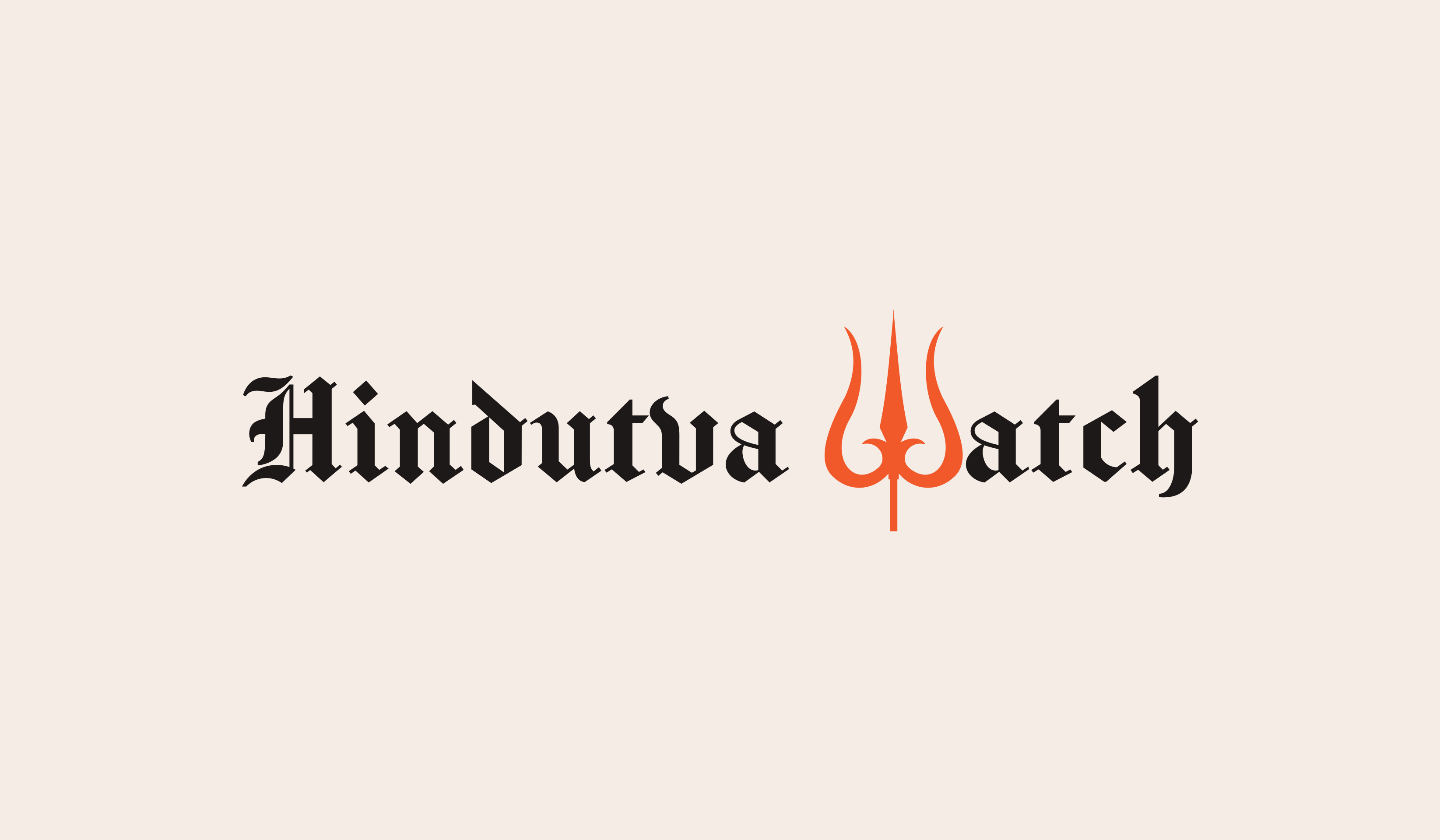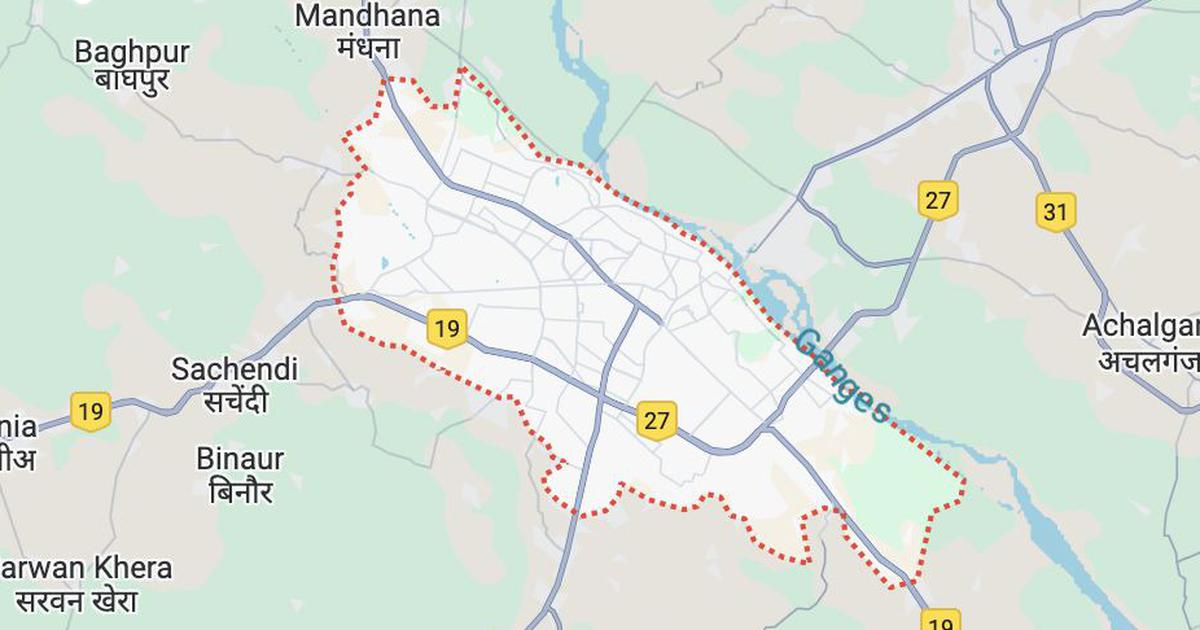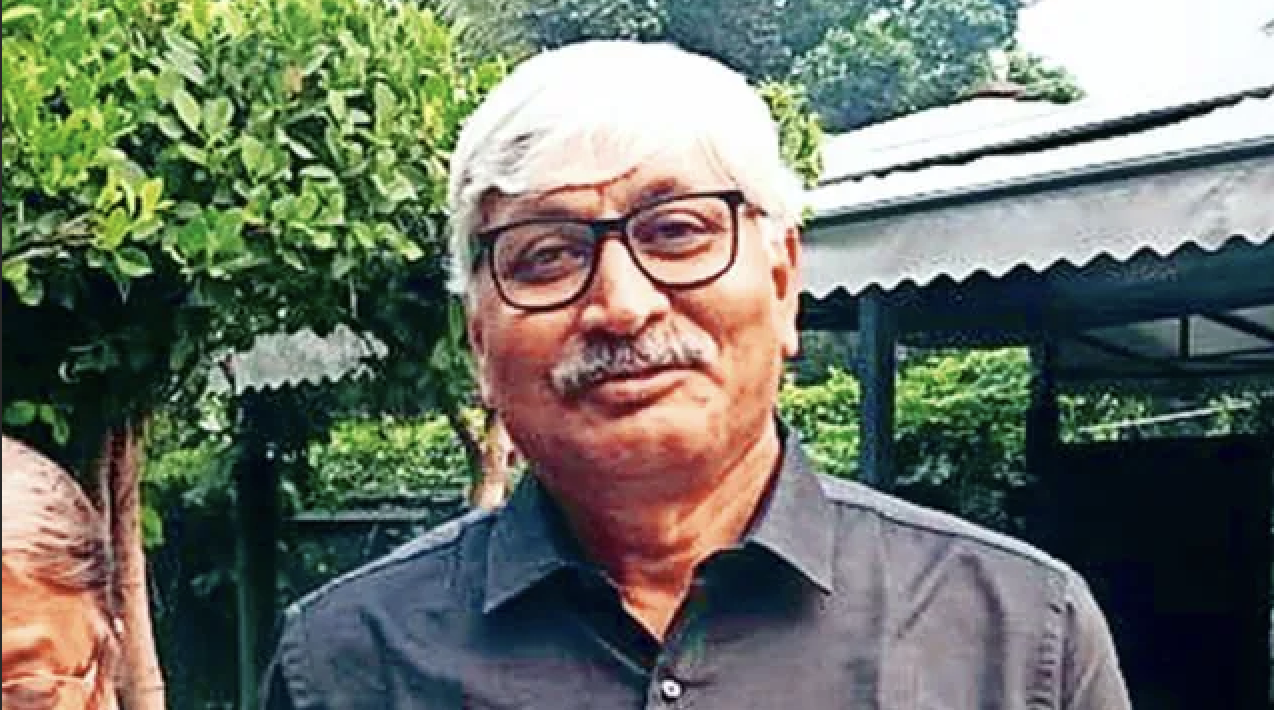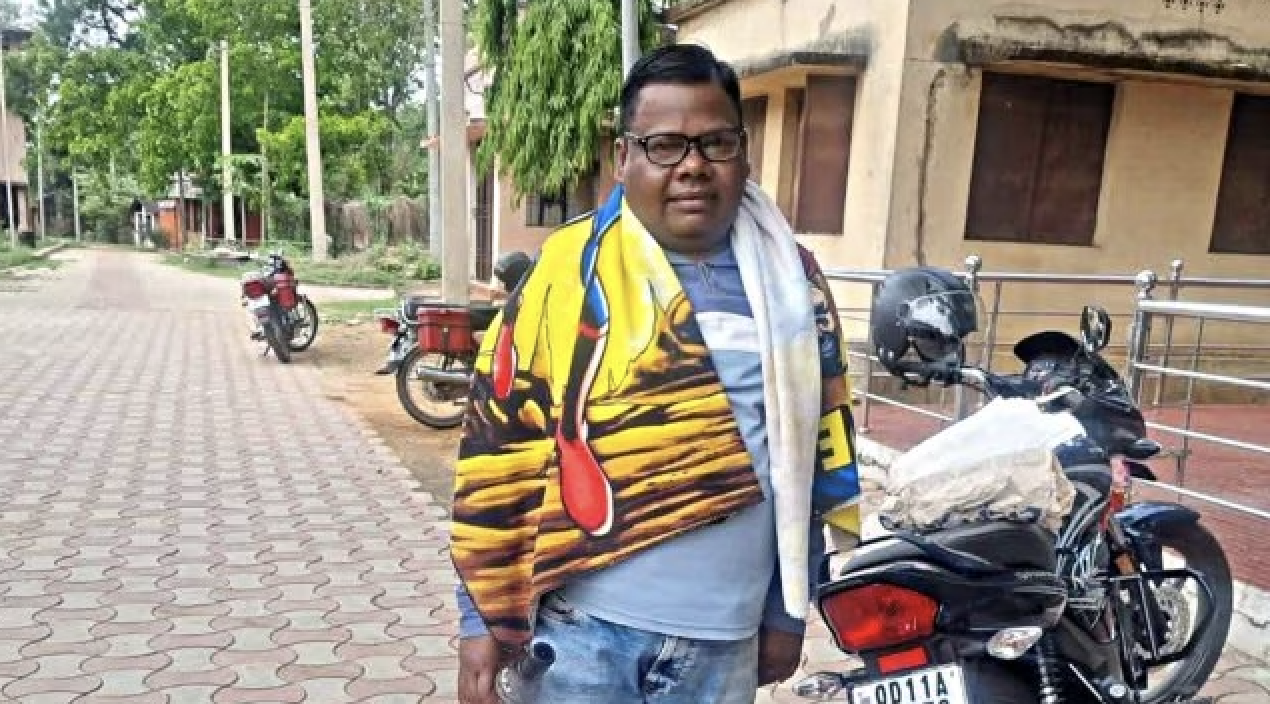
{ONE}
LATE INTO THE NIGHT between 21 and 22 December 2023, five officers rushed into a room at the Echo Company Base of the 48 Rashtriya Rifles, at the small ridge of Dera Ki Gali. The base overlooks the stretch of the Mughal Road between the towns of Thanamandi and Bafliaz, in Jammu and Kashmir’s border district of Poonch. The officers—in order of rank, Lieutenant General Sandeep Jain, Major General Maneesh Gupta, Brigadier Padmasambhava Acharya, Colonel Mithilesh Ojha and Major Rajkumar—were about to organise what they internally called Operation Pangai. While, officially, it was meant to be an intelligence-gathering operation to catch a group of militants, it would turn out to be one of the most well-documented incidents of mass torture in the dark history of army violence in Jammu and Kashmir.
The evening before, the army had suffered a major strategic failure. Militants had crossed the porous border and ambushed a military convoy about fifteen kilometres from the base. The losses were severe: three wounded, four dead, two of whom had been beheaded. To further sap morale, a video of the beheading had been shared online. The army also lost four rifles, along with several magazines. All of this took place in a region teeming with army posts—nearly one for every hamlet along the valley. “The army does not live with the people here, the people live with the army,” is a frequent saying among local residents.
The chamber at Dera Ki Gali was quickly transformed into a control room for the army operation that was to follow. An officer who had been in the room told me that the five men stood in front of a whiteboard, noting on it the names of individuals they had picked up. They called out updates they were receiving on WhatsApp from junior officers in the field and coordinated troop movements along the sector. For Operation Pangai, named after the village where the initial militant attack had taken place, the officers had a wide army apparatus under their command. WhatsApp messages between the officers, accessed by The Caravan, indicate that Operation Pangai had 76 operational teams—which usually have about ten troops each—shared between the Rashtriya Rifles units 48, 43, 49, 16, 37 and 39.
This story was originally published in caravanmagazine.in. Read the full story here.






